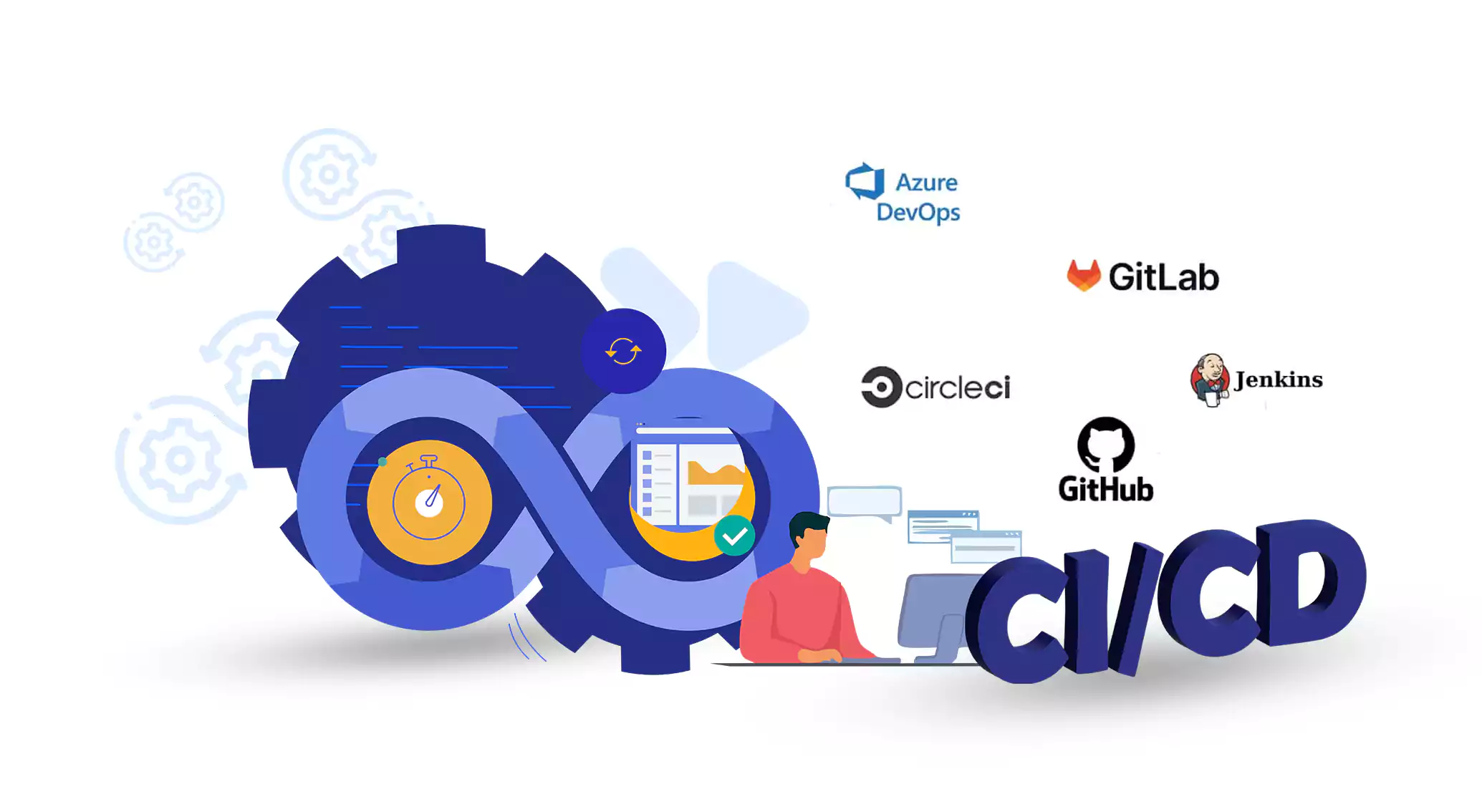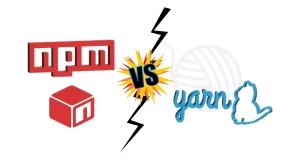
In the fast-paced world of software development, staying efficient is key to success. Continuous Integration (CI) and Continuous Deployment (CD) are important in that regard. With modern CD and CI tools, developers can streamline their workflows, automate processes, and deliver high-quality code at a rapid pace. But with so many options available, it can be overwhelming to choose the right tools for your specific needs.
In this ultimate guide, we will explore the top CD and CI tools and help you understand their features and benefits. Whether you’re a small startup or a large enterprise, finding the right tools can significantly improve your development efficiency.
From popular options like Jenkins and Bamboo to newer tools like GitLab CI/CD and CircleCI, we will provide an in-depth analysis of each tool’s capabilities. We will also discuss key factors to consider when selecting the right CD and CI tool for your team.
Don’t let inefficient development processes hold you back. Dive into this ultimate guide and take your development efficiency to new heights with the right CD and CI tools.
Benefits of CD and CI Tools
Continuous Integration (CI) and Continuous Deployment (CD) tools have revolutionized the software development process by streamlining workflows, automating tasks, and improving code quality. These tools offer numerous benefits that can significantly enhance development efficiency for both small startups and large enterprises.
One of the key benefits of CD and CI tools is the ability to catch bugs and issues early in the development cycle. Integrating automated testing into the CI pipeline allows developers to swiftly detect and address issues, guaranteeing the deployment of top-notch code. This streamlined process not only cuts down on debugging time and effort but also lowers the chances of bugs slipping into production.
Another advantage of CD and CI tools is the ability to automate repetitive tasks. With these tools, developers can automate the build, test, and deployment process, freeing up valuable time that can be better spent on more critical tasks. This automation not only saves time but also reduces the chances of human error, resulting in more reliable and consistent deployments.
Additionally, CD and CI tools promote collaboration and communication within development teams. By providing a centralized platform for code integration and testing, developers can easily share their work and receive feedback from their peers. This fosters a culture of collaboration and ensures that everyone is working towards a common goal, ultimately leading to faster and more efficient development cycles.
CD and CI Tools Comparison
When it comes to choosing the right CD and CI tools for your team, it’s essential to consider the features and capabilities of each tool. Let’s compare some of the most popular tools in the market to help you make an informed decision.
Jenkins
Jenkins is one of the oldest and most widely used CD and CI tools. It provides a vast array of plugins and integrations, making it highly customizable and adaptable to various development environments. Jenkins supports multiple programming languages and offers robust features for building, testing, and deploying applications.
Bamboo
Bamboo, on the other hand, is a CI and CD tool developed by Atlassian. It offers seamless integration with other Atlassian products like Jira and Bitbucket, making it an excellent choice for teams already using the Atlassian suite. Bamboo provides a straightforward setup process and offers features like parallel builds and customizable notifications.
GitLab CI/CD
GitLab CI/CD is a comprehensive CI and CD tool that comes bundled with GitLab, a popular source code management platform. It offers a simple and intuitive interface, allowing developers to define their CI/CD pipelines using YAML configuration files. GitLab CI/CD provides powerful features like parallel execution, environment-specific deployments, and built-in container registry.
CircleCI
CircleCI is a cloud-based CD and CI tool that focuses on simplicity and ease of use. It offers a user-friendly interface and supports a wide range of programming languages and frameworks. CircleCI provides features like parallel test execution, customizable workflows, and integrations with popular tools like GitHub and Slack.
Integrating CD and CI Tools with Project Management Systems
To further streamline your development process, consider integrating your CD and CI tools with project management systems like Jira or Trello. This integration allows for seamless communication and collaboration between development and project management teams.
By connecting your CD and CI tools with project management systems, you can automatically update task statuses, create new tasks for failed builds or tests, and generate reports directly from the CD and CI tool. This integration improves visibility and ensures that all stakeholders are up to date with the progress of the development process.
CD and CI Tools for Different Programming Languages
Different programming languages often require specific CD and CI tools tailored to their unique requirements. Let’s explore some popular CD and CI tools for different programming languages:
1. Java: Jenkins, Bamboo, GitLab CI/CD, CircleCI
2. Python: Jenkins, GitLab CI/CD, CircleCI, Travis CI
3. Ruby: Jenkins, GitLab CI/CD, CircleCI, Travis CI
4. Node.js: Jenkins, GitLab CI/CD, CircleCI, Travis CI
5. Go: Jenkins, GitLab CI/CD, CircleCI, Travis CI
These tools offer language-specific features, integrations, and community support, ensuring seamless integration with your preferred programming language.
Conclusion
In today’s fast-paced software development landscape, CD and CI tools are essential for staying efficient and competitive. By automating processes, catching bugs early, and promoting collaboration, these tools enable developers to deliver high-quality code at a rapid pace.
In this ultimate guide, we explored the benefits of CD and CI tools, compared popular tools in the market, discussed best practices for using these tools, and provided insights into integrating them with project management systems. We also highlighted CD and CI tools for different programming languages and shared real-world case studies of successful implementations.
Now armed with this knowledge, you can confidently select the right CD and CI tools for your team and take your development efficiency to new heights. Embrace the power of automation, collaboration, and continuous improvement to propel your software development process forward.




